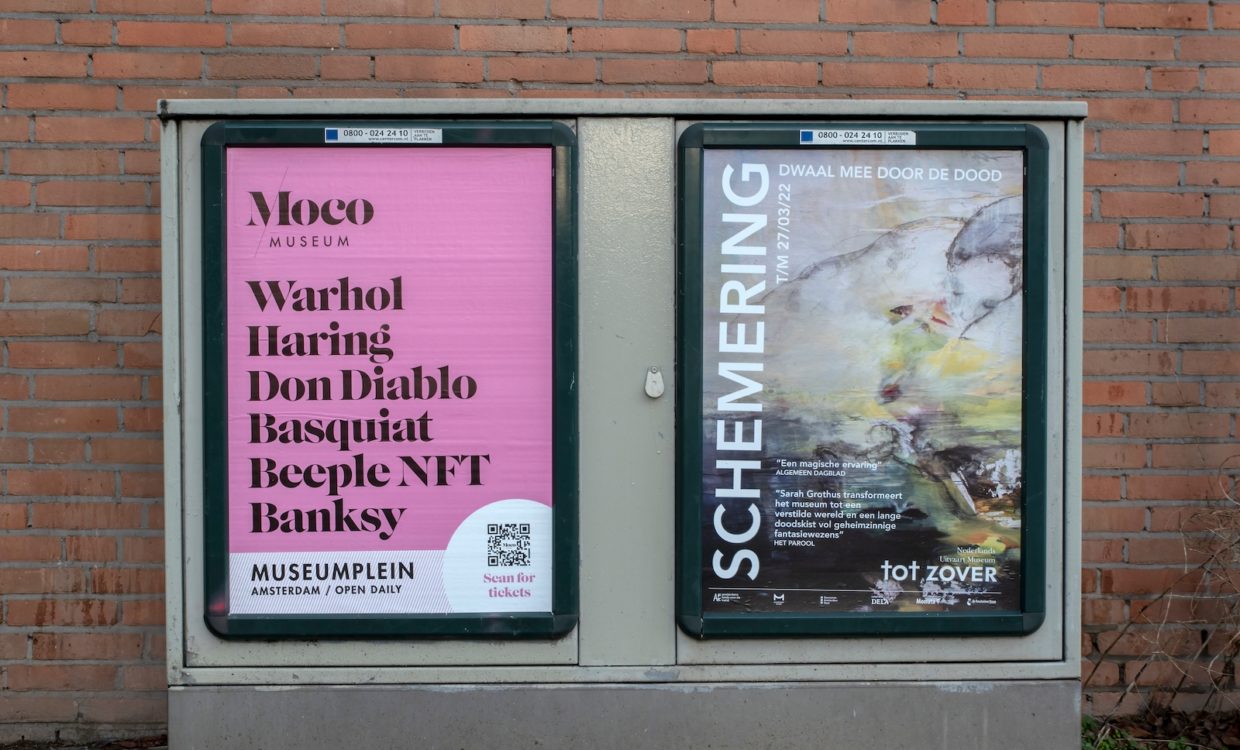As 2022 comes to a close, we find ourselves in an interesting situation, with “crypto” ending the year as a four-letter word, tainted by numerous scandals (most notably the recent collapse of FTX) and cratering prices for cryptocurrencies as well as overhyped NFTs.
Yet interest in Web3 continues to rise, particularly among cultural institutions and tourist destinations interested in attracting new audiences and offering unique experiences — not to mention increasing much-needed post-pandemic revenue.
The recent Miami installment of Art Basel further indicated this art-world interest in all things Web3, even if the word “crypto” wasn’t thrown around as much as in the heady days of (literally) yesteryear. But what could the use cases seen at Art Basel mean for Web3 in 2023?
According to some observers, the use of tokens as entry passes or membership cards could be the most easily adopted evolution of NFTs among the cultural community, as they move beyond simple digital images to be collected and resold. As AdWeek points out post-Art Basel:
Take NFTs. Most of the gatherings at Art Basel Miami were token-gated events. No one thought twice about it as an entry requirement. It felt completely natural and obvious to use NFTs as the key to access an experience. This new form of loyalty was accepted by everyone. People were airdropping invites everywhere like they were physical tickets. It was seamless and natural.
The other big evolution of Web3 in the new year will likely come through innovation spurred by specific communities, such as streetwear aficionados or sneakerheads, two groups that have been massively influential in pushing their cultures into the mainstream. AdWeek continues:
Imagine the use cases for both a physical sneaker collection and its digital twin. There’s a lot of different use cases as to where you might be able to take it. And that sneaker community is going to create those use cases. It’s up to the brands to take their cues from the community on where to go. Brands that know how to support their loyal communities always win.
The question moving forward is how cultural institutions working Web3 into their broader strategies will convince their core audiences to adopt them as well. While technologies such as VR and AR continue to make strides in the cultural space, many art patrons and museum visitors are yet to fully embrace these technologies.
This means there will likely be an extended period of tension in which the institutional side needs to make clear the benefits of these new initiatives to their existing and intended audiences.
Token-based membership and perks are perhaps the easiest way to do this, following the lead of events at Art Basel Miami Beach and other recent Web3 events. However, in the new year expect to see some of the more intrepid museums and galleries roll out interesting new use cases that will have a broader impact across the consumer spectrum.



